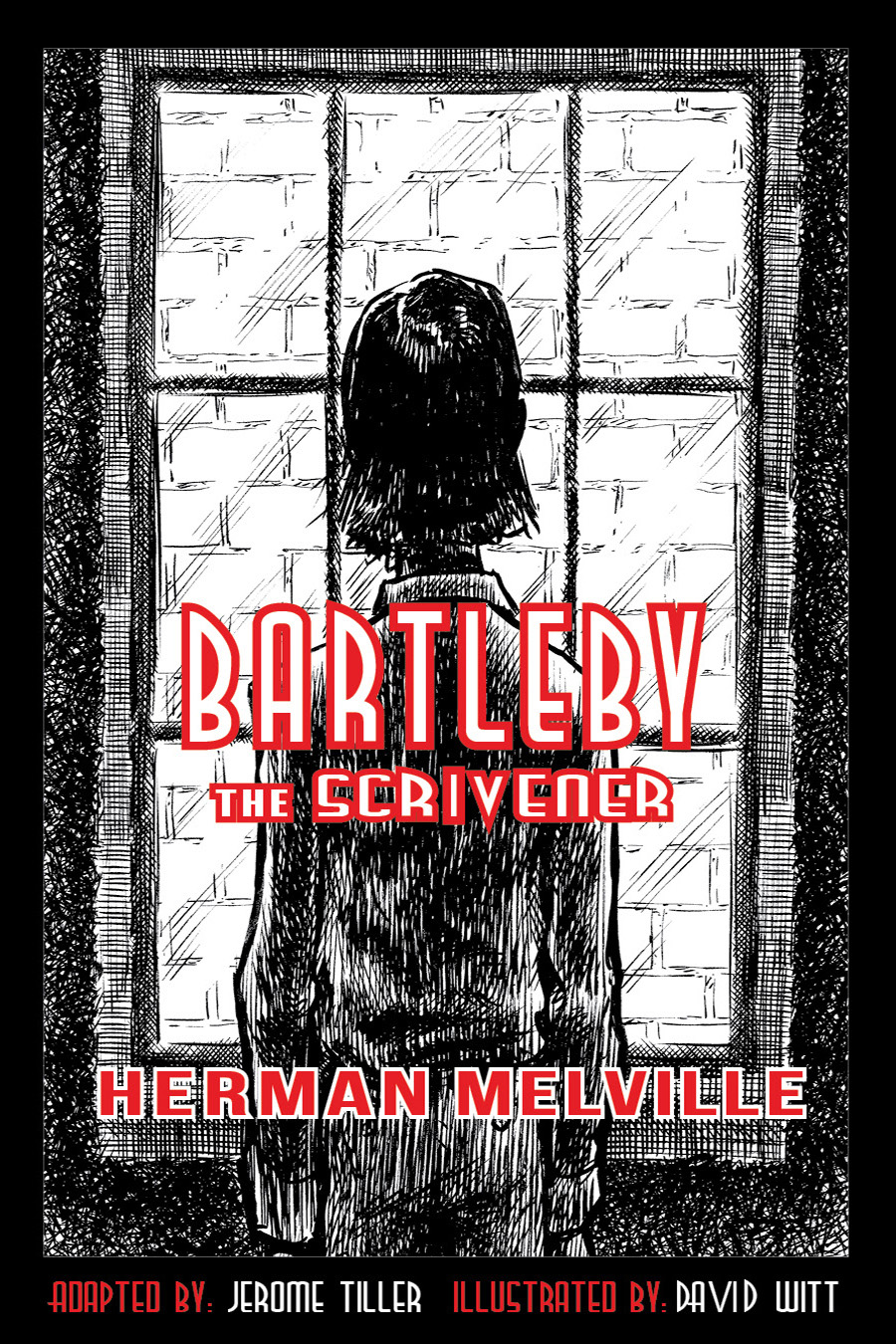Adding Value - Illustrations in Literature
Adding Value
Adding value can become a preoccupation with property owners. Often the added value involves aesthetics. For instance, in my youth countless young men customized their clunkers for aesthetic reasons. They wanted to give their rides a better look.But it was never all about aesthetic value. Naturally, not one of them thought their rides looked the worse for it after customization was complete. But they never thought their property had lost tangible value, either. Or had lost either kind of value even during the process of customization; many rides sporting primer paint dotted American streets during the 50’s and 60’s. Their owners were proudly in the process of adding value, aesthetic and tangible, having no doubts whatsoever about the aesthetic value they were adding every step of the way or the increased tangible value their rides would absolutely hold when customization was complete.
Literature and Aesthetic Value
Like property owners of all kinds, authors and publishers do not decide to illustrate literature solely to add aesthetic value. Adding tangible value to stories is often the better part of it. But that begs the question. Beyond looks, what tangible value can illustrations add to stories? Can illustrations do something more than merely dress up a good story? Most good stories entertain readers very well without them. So what real value do illustrations add?Tangible Value
There is much of real value that illustrations can add to literature. First of all, they help create interest in stories that young readers might otherwise avoid. Illustrations can also help explain or clarify difficult narrative descriptions of scenes or characters and, with their visual clues, make entire stories easier to comprehend for all readers. Moreover, they demand and can refocus attention when reader’s minds begin to tire or wander.Illustrations can also give readers new and different ways of looking at things, a new way of contemplating actions, characters, and ideas. Images have their own, special way of inspiring and enriching imaginations. Illustrations can even transmit a sense of personality to words -- they add appeal, charm, and humor to stories. Illustrations are especially important in stories that some readers might initially find uninteresting; they help guard adaptedclassics.comst premature reader judgement and surrender. Finally, for readers whose first language is different than that used in a story, and also for those with learning difficulties and disabilities, illustrations can help with the understanding of words and sentences.


